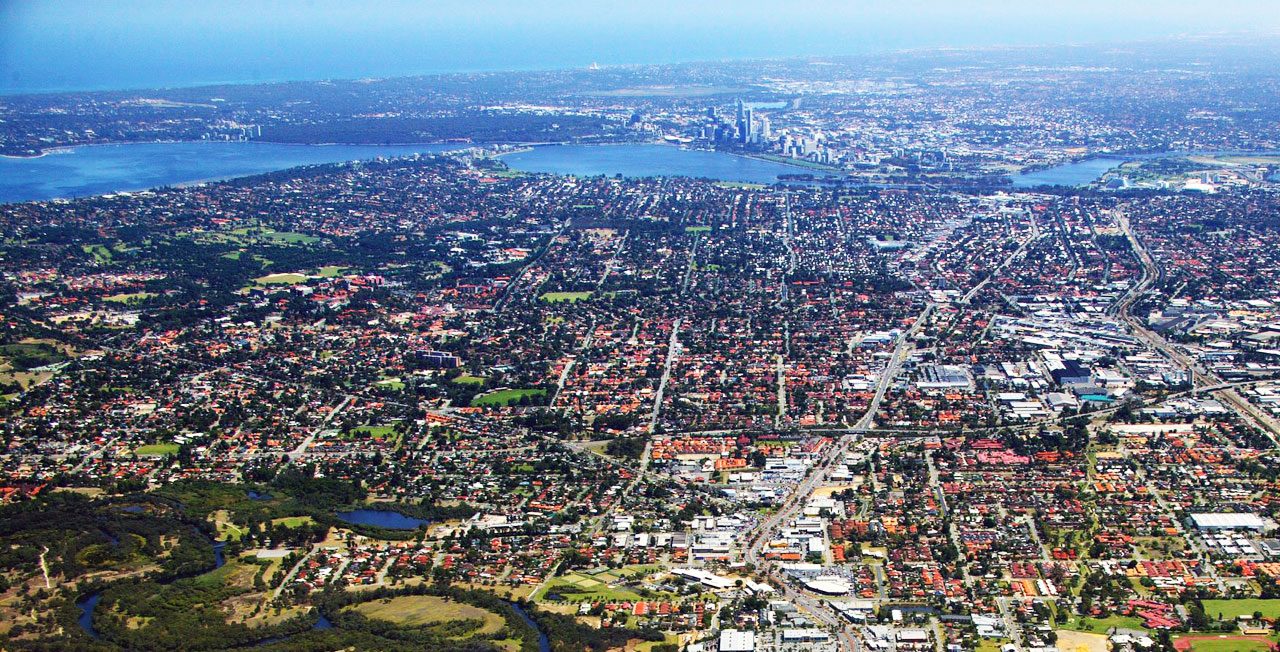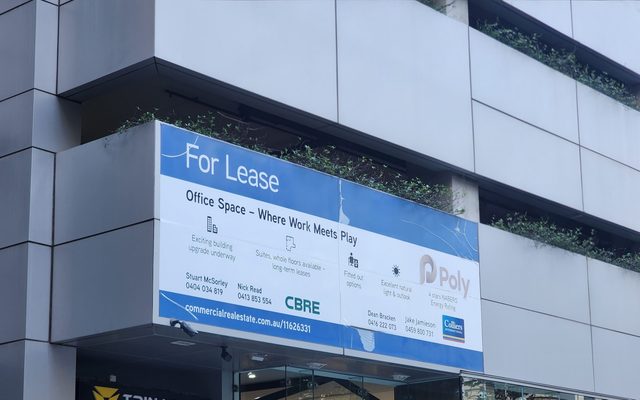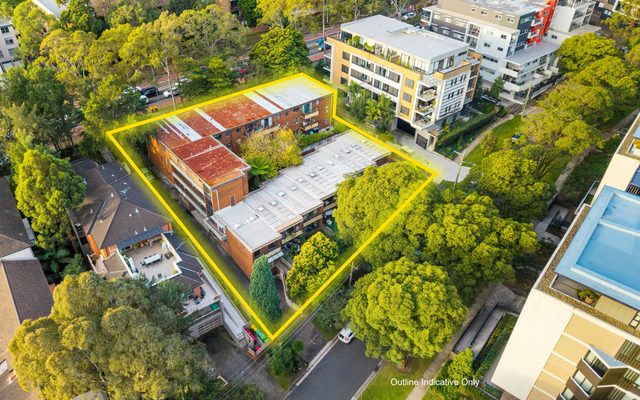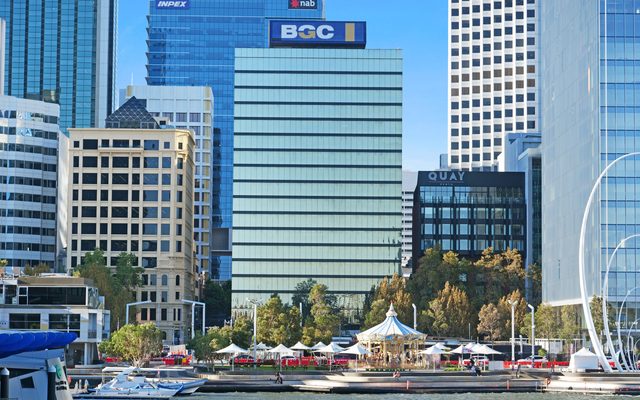This article is from the Australian Property Journal archive
DESPITE risks associated with the lending environment and potential new taxes, Western Australia’s property market is tipped to remain stable throughout next year following a “subdued” 2018, while some notable improvements are expected in the rental market.
While the worst appears over, according to the REIWA, it cautioned against expectations of a rapid recovery during the next 12 months.
Weekly sales in Perth hovered at around 500 per week throughout the year, and listings for sale were largely unchanged from 2017 levels, fluctuating between 13,000 and 16,000.
The REIWA has forecast listings to to trend at current levels throughout 2019. REIWA president, Damian Collins said market conditions throughout 2018 had been fairly subdued, with the most significant improvements occurring in the rental sector.
“There is a possibility that rising consumer confidence levels, coupled with improved housing affordability, could translate into increased sales volumes in 2019,” he said.
“If weekly sales remain at current levels or better, Perth’s median house price could improve during the next 12 months.
“However if lending standards tighten further, this could restrict the number of people that are able to purchase a property, which could negatively impact sales and prices. Additionally, if the banks choose to increase interest rates any further, this also has the potential to adversely affect buying and lending conditions in WA,” Collins said.
According to SQM Research’s base case, which has the official cash rate on hold until at least 2019, a slowing economy, relatively stable currency against the US dollar and a Labor government taking power, would see Perth prices moving between a range of 1% softening and gains of 3% through next year.
CoreLogic data has Perth dwelling prices down by 3.3% over the 12 months to October.
REIWA is tipping the rental market’s upward trajectory to continue through 2019, with stable population growth and slowing new-building construction levels the key drivers for the improvement.
Collins said the Perth rental market had seen stable median rents, healthy leasing activity levels, declining listings and a plummeting vacancy rate through 2018.
“With population growth in WA expected to remain stable and new dwelling commencements slowing, available rental stock should continue to decline. This should see competition amongst tenants increase, putting further downward pressure on the vacancy rate, which recently dropped below 4% for the first time in four years,” he said.
Perth’s overall median rent price has held at $350 per week since April 2017, marking the longest period of stable rents Perth has experienced since REIWA first started recording rental data in 2001.
Recent SQM Research data showed Perth house rents were up 1.3% over the past month for a 3.7% year-on-year gain, while unit rents are down 1.0%. Vacancies tightened from 3.6% to 3.3% over the month, down from 4.4% one year ago.
Collins said that if listings continue to decline and leasing volumes remain healthy, there should be an overall median rent price increase in 2019 for the first time since September 2014.
While is outlook for the Perth rental market is positive for 2019, the REIWA is wary of the impact of potential negative gearing changes.
“In the short-term, the improvements we’ve observed in the rental market could see investors returning to the market, however if changes to negative gearing are legislated, this will likely dampen investor activity and have a detrimental effect on the wider WA property market just as it is starting to find its feet,” Collins said. “As the next federal election nears, REIWA will continue its efforts to ensure politicians do not meddle with negative gearing to ensure a healthy and sustainable rental market into the future.”
Regional WA is expected to see overall conditions improve through regional WA in 2019 as a new wave of investment washes through the mining sector.
“Port Hedland, Karratha and Kalgoorlie are areas to watch, with the new mining projects going a long way to restoring confidence in these regions. These projects are expected to create thousands of new local jobs, which should continue to support population growth, improve demand for housing and aid recovery,” Collins said. “The WA Government’s push for tourism looms as another positive for Regional WA, as it could provide some much needed support to WA’s tourist focused regions, like the South West.”
Australian Property Journal




